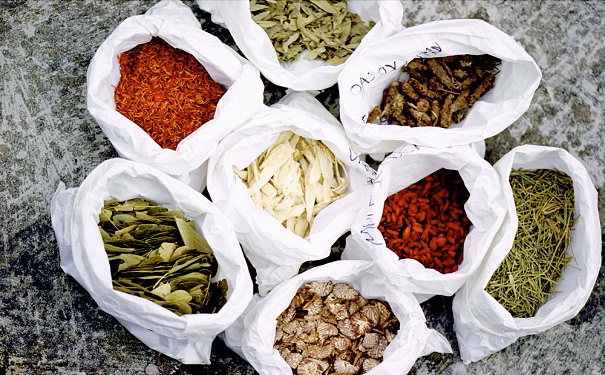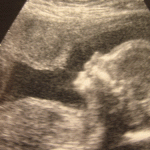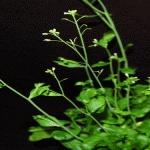
Herbal medicines are one of many topics that will be discussed by DNA experts. Image: Shutterstock
Species can now be fingerprinted using a snippet of their DNA.
DNA barcoding is now being used across a wide range of scientific fields, from identifying ancient Arctic life frozen in the permafrost to revealing “quack” herbal medicines. These barcodes have already exposed fish fraud- mislabelling cheap species as more expensive tuna or snapper- and unlisted ingredients in herbal tea.
Four hundred and fifty world experts will meet at the University of Adelaide this week. A number of new applications will be discussed, including the substitution of ingredients in herbal medicine as a result of the high demand for these products.
In one case in Malaysia, according to researcher Muhammad Sharir Abdul Rahman, rubber tree wood was treated with quinine to simulate Eurycoma longifolia, which is traditionally used to treat diabetes and malaria. A library of Malaysia’s 1200 plant species with potential medicinal properties is under development, and additional libraries are being created for India, Nigeria and South America.
DNA can also linger for thousands of years in frozen soil, allowing scientists to investigate the animal and fungi species which lived in the Arctic permafrost 15,000 to 30,000 years ago. University of Oslo researcher Eva Bellemain, who is presenting project BarFrost, said: “In the Arctic, fossils are scarce and time-consuming to find and analyse (…) However, DNA is one tough molecule. It had to be in order to serve its purpose the last billion years and more.”
Other applications include analysing the diet of Australia’s camel population, the identification of pest species at state or country borders, whose blood mosquitoes are sucking and assessing water quality. “From tea to tuna, DNA identification is entering everyday life,” Jesse Ausubel, chair of the International Barcode of Life initiative, said.
The scientists will also advance progress towards creating an international library, containing the DNA barcodes for 500,000 animal, plant and fungi. It already includes 167,000 species and the scientists aim to reach their target within five years.
Last year five researchers from the Biodiversity Institute of Ontario, in Canada, focused on the moths and butterflies in the Australian National Insect Collection. Within 10 weeks, they had managed to process over 28,000 specimens from 8,000 species, 65 per cent of Australia’s known insects.
In the US, another team recently processed 3,000 frozen bird tissue samples from 1,400 species from the Smithsonian Institution’s National Museum of Natural History. This work added 500 new species to the world avian DNA library.
Source: Eureka Alert






